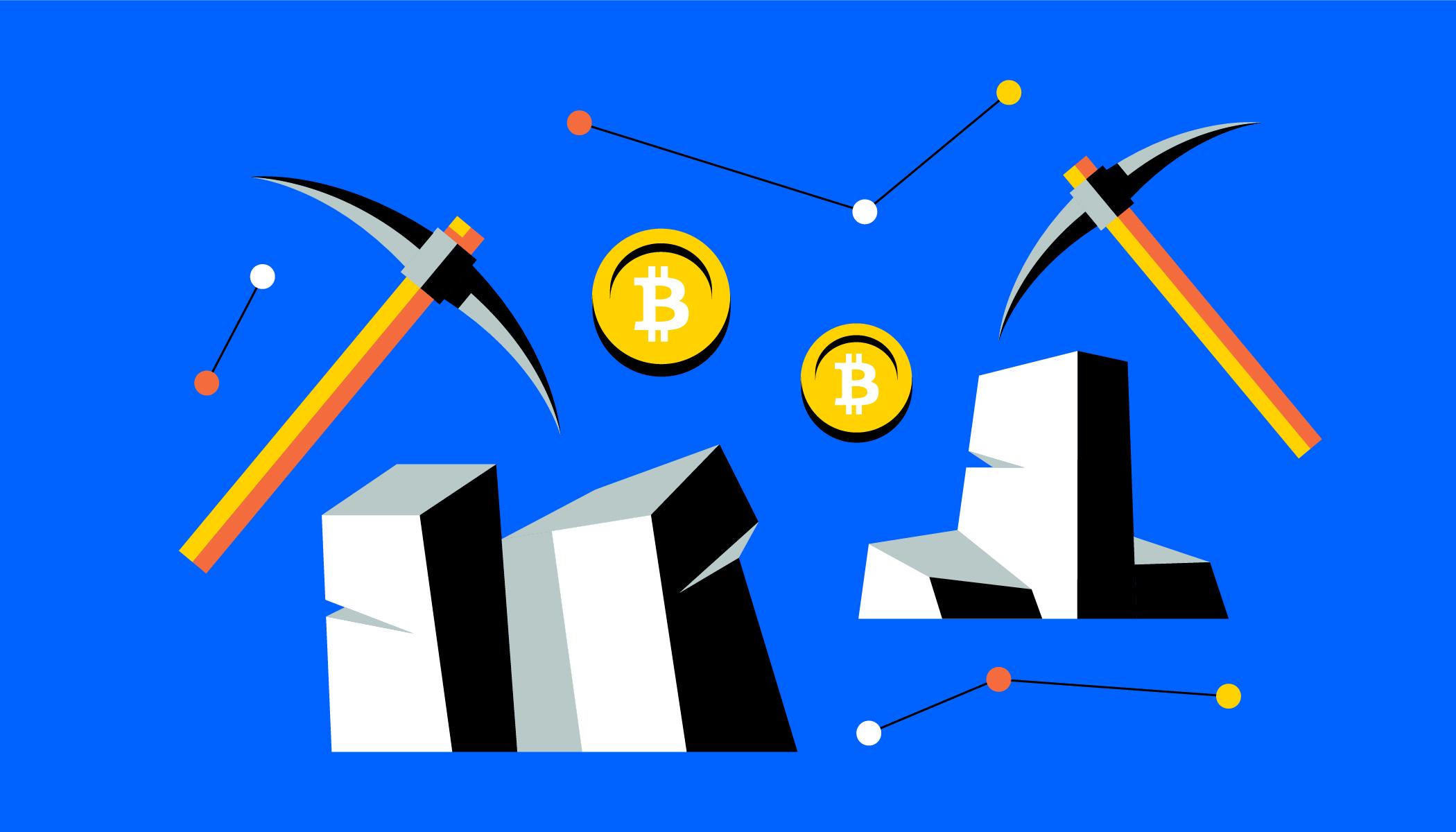Crypto Mining in 2025: Still Worth the Effort?

Crypto mining has always been at the heart of blockchain ecosystems. It's the process that secures networks, validates transactions, and distributes new tokens into circulation. But as the landscape changes, so does the question on everyone’s mind: is crypto mining still worth pursuing in 2025?
It’s not as simple as a yes or no. The industry has matured, and miners today need to be more strategic than ever. Hardware, energy consumption, environmental impact, and shifting reward structures all play a role in determining profitability.
Mining in 2025: Then vs. Now
Gone are the days when you could mine coins with your laptop and see real returns. Mining has evolved into a high-stakes game involving specialized hardware and tight profit margins. A basic bitcoin mining machine, for instance, is no longer a DIY weekend project. It’s a serious investment that requires planning, energy optimization, and a bit of luck.
The current generation of mining hardware is incredibly powerful but also incredibly power-hungry. That means your location matters. If you're mining in an area with high electricity rates, it could quickly eat away at your earnings. But if you’re fortunate enough to access low-cost, renewable energy, you’re in a much better position.
Energy Efficiency Becomes Essential
Environmental concerns are becoming more central to crypto conversations. With increasing scrutiny on energy usage, mining operations are being pushed to innovate. Many miners are now turning to sustainable energy sources like solar, hydro, or wind. Not only is this more eco-friendly, but it's also more cost-effective over time.
Some mining farms are even co-locating with energy producers to take advantage of off-peak energy or waste energy that would otherwise go unused. As global energy prices fluctuate, these kinds of partnerships could become even more important for miners seeking long-term viability.
Regulation Is Evolving
Governments have taken notice of crypto's growing influence, and regulation is tightening in many regions. While some countries have banned mining outright, others are offering incentives for green operations. The takeaway here is that miners need to stay informed and adaptable. What works today may not work next year if local laws shift.
Keeping tabs on regional regulation also helps miners make smarter decisions about where to locate and how to structure their operations. Ignoring the legal landscape is no longer an option.
Mining Pools and Shared Efforts
With mining difficulty at all-time highs, solo mining has become incredibly rare for most people. Mining pools, where individuals combine their computational resources to improve their chances of earning block rewards, are now the norm.
Joining a mining pool is like buying a lottery ticket with friends. The reward is smaller when you win, but your chances of winning go up significantly. It’s a more stable and predictable way to earn crypto through mining, especially for those who don’t have access to industrial-grade setups.
Picking the Right Coin to Mine
It’s not just about mining the most well-known coins anymore. There are hundreds of mineable tokens out there, and many offer lower entry costs and better returns for small-scale miners. Doing research is key. Look at factors like block rewards, network difficulty, market demand, and long-term viability.
Sometimes, a lesser-known coin with strong fundamentals and a loyal user base can outperform the giants. Just remember that mining a coin is also a bet on its future value, so make sure it’s one you believe in.
The Role of AI and Automation
Artificial intelligence is starting to play a role in optimizing mining operations. From predictive maintenance of machines to smart energy allocation, AI tools can help miners squeeze out extra efficiency from their setups.
This trend is only likely to grow. In the future, we could see AI-driven mining farms that require minimal human intervention, increasing scalability and reducing labor costs. It might sound futuristic, but pieces of that puzzle are already being implemented today.
Mining in a Multi-Chain World
As the crypto ecosystem diversifies, mining no longer revolves around just one or two major chains. Different networks offer unique opportunities for miners. The rise of interoperability and bridge technologies also means that mining rewards can be used more flexibly across different blockchains.
That flexibility opens the door to broader use cases. Miners can reinvest their earnings across ecosystems, participate in governance, or provide liquidity in decentralized markets.
Looking Toward the Future
When it comes to predicting what mining will look like in the next five years, it’s clear that innovation will play a central role. Between new hardware, smarter software, and a push toward sustainability, the industry is finding ways to stay relevant and profitable.
Many investors and miners are already thinking long-term. For example, questions like "What is the solana price prediction 2030?" are top of mind when considering the future value of mined assets. Knowing where the market might be heading can help inform today's mining strategies.
Is It Still Worth It?
So, should you get into mining in 2025? The answer is: it depends. If you have access to low-cost energy, modern hardware, and a stable regulatory environment, it might still be a great opportunity. But without those advantages, other crypto strategies could offer a better return with less complexity.
The good news is that the crypto space is full of opportunity. Even if traditional mining isn’t your path, staking, liquidity provision, and other decentralized finance options offer alternative ways to participate.
- Art
- Causes
- Crafts
- Dance
- Drinks
- Film
- Fitness
- Food
- Παιχνίδια
- Gardening
- Health
- Κεντρική Σελίδα
- Literature
- Music
- Networking
- άλλο
- Party
- Religion
- Shopping
- Sports
- Theater
- Wellness



